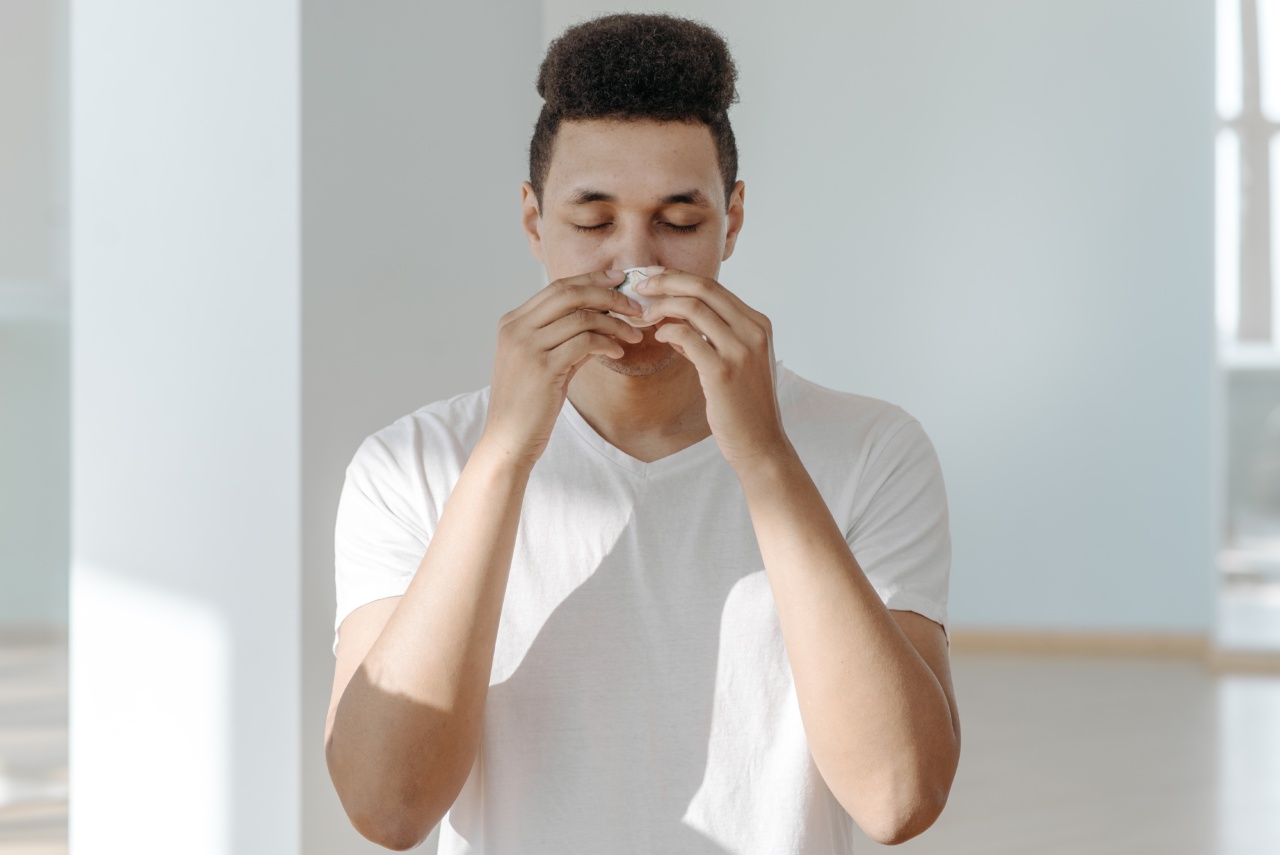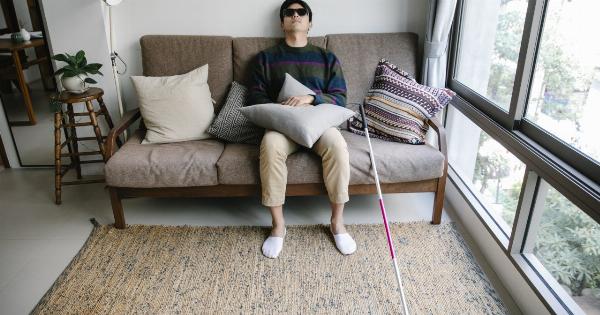Spring is a beautiful season with blooming flowers, mild temperatures, and emerging greenery. However, for many people, it also means the onset of spring allergies.
Allergy symptoms can range from mild to severe and can greatly affect one’s quality of life during this time of year. If you are someone who experiences spring allergy symptoms, fret not! In this article, we will explore various ways to manage and alleviate the discomfort caused by spring allergies.
1. Understand the Allergen Triggers
The first step in managing spring allergy symptoms is to identify the allergens that trigger your symptoms. The most common springtime allergens include tree pollen, grass pollen, and mold.
By knowing which specific allergens affect you, you can take appropriate measures to minimize your exposure to them.
2. Monitor Pollen Count
Keep track of the pollen count in your area. Many weather websites and apps provide daily pollen forecasts. If the pollen count is particularly high, try to limit your outdoor activities, especially during midday when pollen levels tend to peak.
3. Keep Windows Closed
While it may be tempting to open your windows to let in the fresh spring air, it can also invite allergens into your home. Opt for keeping your windows closed and use air conditioning instead to filter out pollen and other airborne allergens.
4. Clean and Vacuum Regularly
Dust, pet dander, and mold can accumulate indoors, triggering allergies. Regular cleaning and vacuuming of your living space can help reduce these allergens. Use a vacuum cleaner with a HEPA filter to effectively trap tiny allergen particles.
5. Create an Allergy-Free Bedroom
Your bedroom should be a sanctuary for a good night’s sleep, free from allergens. Encase your pillows, mattress, and box springs in dust mite-proof covers. Wash your bedding weekly in hot water to kill dust mites and remove allergens.
Avoid keeping carpets and rugs in the bedroom as they can harbor allergens.
6. Rinse Away Pollen
After spending time outdoors, pollen can cling to your hair, skin, and clothes. Rinse off thoroughly with a shower and change into fresh clothes to remove any residual pollen that could trigger allergy symptoms indoors.
7. Wear Protective Gear
If you must engage in outdoor activities during high pollen days, consider wearing a hat and sunglasses to shield your face, hair, and eyes from pollen. Wearing a pollen mask can also help filter out allergens from the air you breathe.
8. Try Over-the-Counter Medications
Over-the-counter antihistamine medications can provide temporary relief from allergy symptoms such as sneezing, itching, and a runny nose. Nasal sprays containing corticosteroids can help reduce inflammation in the nasal passages.
However, always consult with a healthcare professional before starting any new medication.
9. Consider Allergy Shots
If your allergy symptoms are severe and persist despite other treatments, your healthcare provider may recommend allergy shots.
Allergy shots, also known as immunotherapy, involve gradually exposing your body to small amounts of allergens to desensitize your immune system over time.
10. Consult an Allergist
If none of the above measures seem to alleviate your spring allergy symptoms, consider seeking advice from an allergist. Allergists are medical professionals specialized in diagnosing and treating allergies.
They can conduct specific allergy tests to identify your triggers and recommend customized treatment plans.































